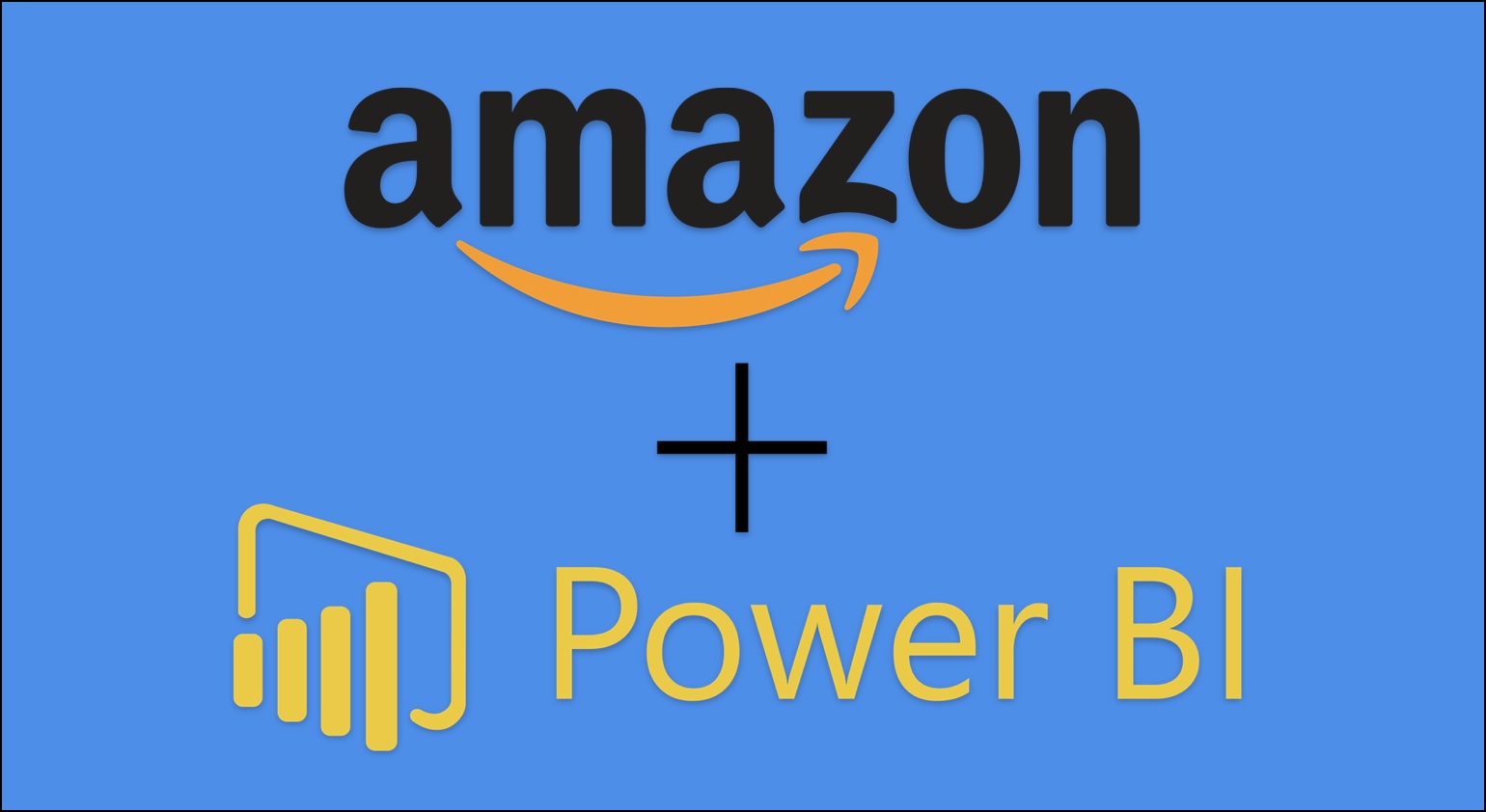Amazon Prodouct Sales PowerBI Report 2023 (1.4M Products)
This Power BI report offers a concise yet comprehensive analysis of product performance, customer engagement, and market trends. It covers key metrics such as top-rated products, highest-priced items, total purchases, discount trends, and customer reviews.

1. Top 10 Products by Highest Rating:
- Visualization Summary:
- The visualization highlights the products with the highest average star ratings.
- Roku Express, a streaming device, leads with an average of 4.70 stars, significantly higher than the lowest-rated product, BOAT Airdopes 141 Bluetooth Headphones, which has an average of 3.80 stars.
- The ratings of the top 10 products range from 3.80 to 4.70, indicating a diverse range of customer satisfaction levels across different products.
- Departmental Implications:
- Marketing: Can spotlight these high-rated products in marketing campaigns to boost brand reputation.
- Sales: Focuses on pushing these products, as high ratings often translate to better sales.
- Product Development: Provides feedback for what makes a product successful in the eyes of the customers.
- Strategic Decisions: Use high-rated products to set benchmarks for quality and customer satisfaction in future product development.
2. Highest Priced Product:
- Visualization Summary:
- This section showcases the products with the highest price tags.
- The most expensive product is the Overland Storage Neoxl80 Storagelibrary Lto8 SAS, priced at $19,731.
- Other high-priced items include technology and storage solutions like Cisco Systems routers and storage libraries.
- Departmental Implications:
- Finance: Analyzes the impact of high-value products on overall revenue and profit margins.
- Sales: Identifies potential for premium market targeting.
- Product Management: Evaluates whether the high prices are justified by the product features and market demand.
- Strategic Decisions: Fine-tune pricing strategies for premium products to ensure they meet market expectations and profitability goals.
3. Customers Bought Last Month:
- Visualization Summary:
- A card visualization indicates that there were 203 million purchases last month.
- This metric provides an overview of customer engagement and market demand.
- Departmental Implications:
- Operations: Helps in planning for inventory and logistics based on sales volume.
- Marketing: Assesses the impact of marketing strategies on sales.
- Sales: Provides a benchmark for evaluating performance and setting future targets.
- Strategic Decisions: Guides inventory management, marketing strategy adjustments, and sales forecasting.
4. Categories with Highest Discounts:
- Visualization Summary:
- The category analysis focuses on discounts, with Men’s Shoes and Women’s Handbags having the highest percentage of discounts among all categories.
- Such insights can help in understanding consumer behavior and pricing strategies.
- Departmental Implications:
- Finance: Monitors discount impact on margins.
- Marketing and Sales: Evaluates if discounts are effectively driving sales.
- Product Management: Understands market competition and pricing strategies.
- Strategic Decisions: Adjust discount strategies to balance competitiveness with profitability.
5. Top 10 Products by Highest Reviews:
- Visualization Summary:
- This section highlights products based on the sum of their reviews.
- The essence | Lash Princess False Lash Effect Mascara tops the list with 346,563 reviews, a stark contrast to BOAT Airdopes 141 Bluetooth Headphones, which has the lowest at 174,524.
- These numbers indicate not only product popularity but also the level of customer engagement and feedback.
- Departmental Implications:
- Customer Service: Prepares for potential support needs.
- Marketing: Leverages popular products in promotions.
- Product Development: Utilizes reviews for product improvements.
- Strategic Decisions: Enhances product features and customer support based on review insights.
6. Comparison of Prices and Ratings for Best-Selling Products:
- Visualization Summary:
- A scatter plot compares prices and ratings, showing a trend where the best-selling products tend to have higher ratings and lower prices.
- This visualization is crucial for understanding the correlation between price, customer satisfaction, and sales performance.
- Departmental Implications:
- Sales and Marketing: Balances pricing and marketing strategies to maximize sales.
- Product Management: Ensures pricing aligns with product value.
- Finance: Assesses the impact of pricing strategies on revenue.
- Strategic Decisions: Adjust pricing to optimize the balance between customer satisfaction and profitability.
7. Category Filter:
- Visualization Summary:
- This filter segments products based on their specific categories, providing insights into the performance and popularity of different product types.
- Highlights categories with the highest sales, customer engagement, or discounts.
- Departmental Implications:
- Marketing: Targets marketing strategies towards categories with high customer engagement or potential growth.
- Sales: Focuses on categories showing high sales figures or potential for expansion.
- Product Management: Gains insights into which categories are thriving and which may need revision or discontinuation.
- Strategic Decisions: Align product offerings and marketing efforts with the most lucrative or promising categories.
8. Best Seller Status (True/False):
- Visualization Summary:
- Indicates whether a product is classified as a ‘Best Seller’.
- True/False status provides a quick insight into the market acceptance and popularity of the products.
- Departmental Implications:
- Sales and Marketing: Best Seller products can be used in targeted campaigns and sales strategies to capitalize on their proven market success.
- Product Development: Identifies features of best-selling products that can be incorporated into future designs.
- Inventory Management: Ensures adequate stock levels for best-selling products to meet demand.
- Strategic Decisions: Leverage best seller status in promotional activities and product development. Adjust inventory levels based on the status to optimize stock management.
Overall Strategic Insight
This Power BI report provides a multi-dimensional view of product performance, customer preferences, and market dynamics. Each visualization not only offers specific insights but also contributes to a holistic understanding of the business landscape. Departments can leverage this data to make informed decisions that align with business objectives, ensuring that strategies are both customer-centric and profit-driven. This approach fosters a data-driven culture, enhancing efficiency and effectiveness in meeting market demands and customer needs.
